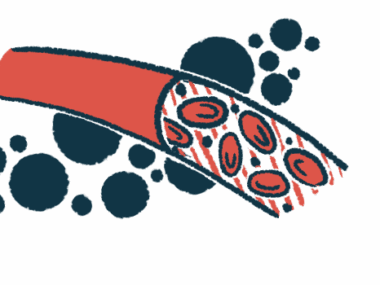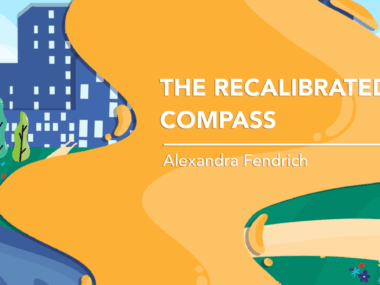Study Launched to Assess Impact of Higher Dose of Cosentyx in Patients with AS
Written by |

Novartis has initiated a Phase 4 clinical trial to evaluate the impact of increasing the dose of Cosentyx (secukinumab) to 300 mg. in patients with ankylosing spondylitis (AS) who did not achieve symptom remission after 16 weeks of treatment with 150 mg.
The ASLeap trial (NCT03350815) will evaluate the difference between 300 mg. and 150 mg. of Cosentyx.
Cosentyx is an interleukin-17A (IL-17A) antagonist; it is a human monoclonal antibody that is able to selectively neutralize IL-17A, a molecule known to be involved in the development of AS.
IL-17A has been shown to act as a trigger of auto-inflammatory conditions.
Cosentyx is the only IL-17a antagonist approved for the treatment of adults with active AS. The currently approved dosage is 150 mg.
“An important goal of ankylosing spondylitis treatment is to provide as much symptom relief as possible for patients living with this debilitating disease,” Marcia Kayath, head of U.S. clinical development and medical affairs at Novartis, said in a press release.
“While Cosentyx 150 mg has shown clinically significant results in treating a majority of patients with AS, we want to investigate whether some patients may benefit from a higher dose,” Kayath said. “We hope that the results of the ASLeap study will help provide physicians with important information about how best to manage these patients.”
As the primary endpoint, the trial will assess the difference between the two dosages at week 52, based on the proportion of subjects achieving inactive disease status – according to the Ankylosing Spondylitis Disease Activity Score (ASDAS) composite index – characterized by a total score of 1.3 or less.
The study will be divided into two treatment periods: an initial 16-week treatment period 1 and a following 36-week treatment period 2. During period 1, all patients will receive 150 mg of Cosentyx. After this treatment period, depending on their ASDAS scores, patients will be placed into one of three treatment groups in treatment period 2.
Group 1 will include responders – patients with inactive disease, or who achieve less than 1.3 total ASDAS score at both weeks 12 and 16. These patients will continue receiving blinded Cosentyx at 150 mg. through week 48.
Group 2 will include inadequate responders – patients who are not in inactive disease status, or who achieve a 1.3 or higher ASDAS score at both weeks 12 and 16. These patients will be randomized to receive 300 mg. or 150 mg. of Cosentyx through week 48.
Group 3 will include non-responders – patients who showed no change or worsening of disease from baseline in total ASDAS score at either weeks 12 or 16. These patients will complete the study at week 16.
Additional exploratory analyses will also include sleep disturbance, fatigue, and daytime activity, some of the most common concerns for patients with AS.
Both male and female adult participants with a clinical diagnosis of moderate to severe AS will be eligible for enrollment. Participants must have active AS.
Researchers aim to enroll about 270 patients at 70 centers in the U.S. Enrollment is expected to begin in January 2018. For more information, go to the trial registration site here.





